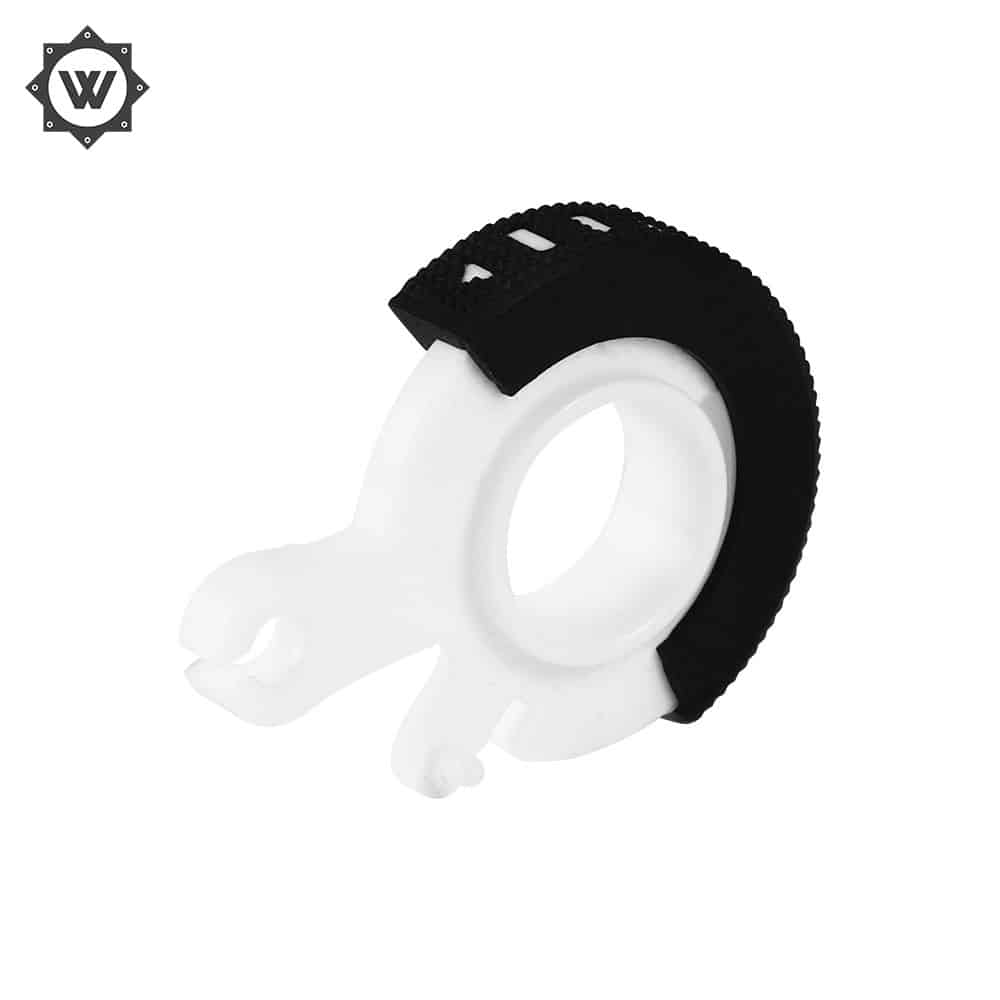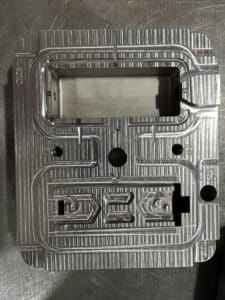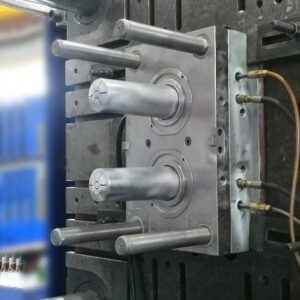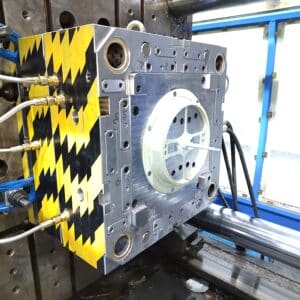1. Two color mold: the mold in which two plastic materials are injected on the same injection molding machine and molded in two times, but the product is only molded once. Generally, this molding process is also called double material injection molding, which is usually completed by a set of molds and requires a special two-color injection molding machine. The two-color mold can turn two resins and colors with different characteristics into a single two-color product, which can reduce the assembly and post-processing of molded products. Save the cost of dissolving and printing, increase the aesthetic visual effect of products, and improve the grade and added value of products. It not only has the function of anti-skid and increasing friction, but also the flexible resin material makes it more ergonomic and feel better. The two-color injection molding product has high quality stability, easy control of product deformation, short molding cycle, high output, 7% lower loss than rubber coated injection molding, and 20% – 30% lower product manufacturing cost than rubber coated injection molding.
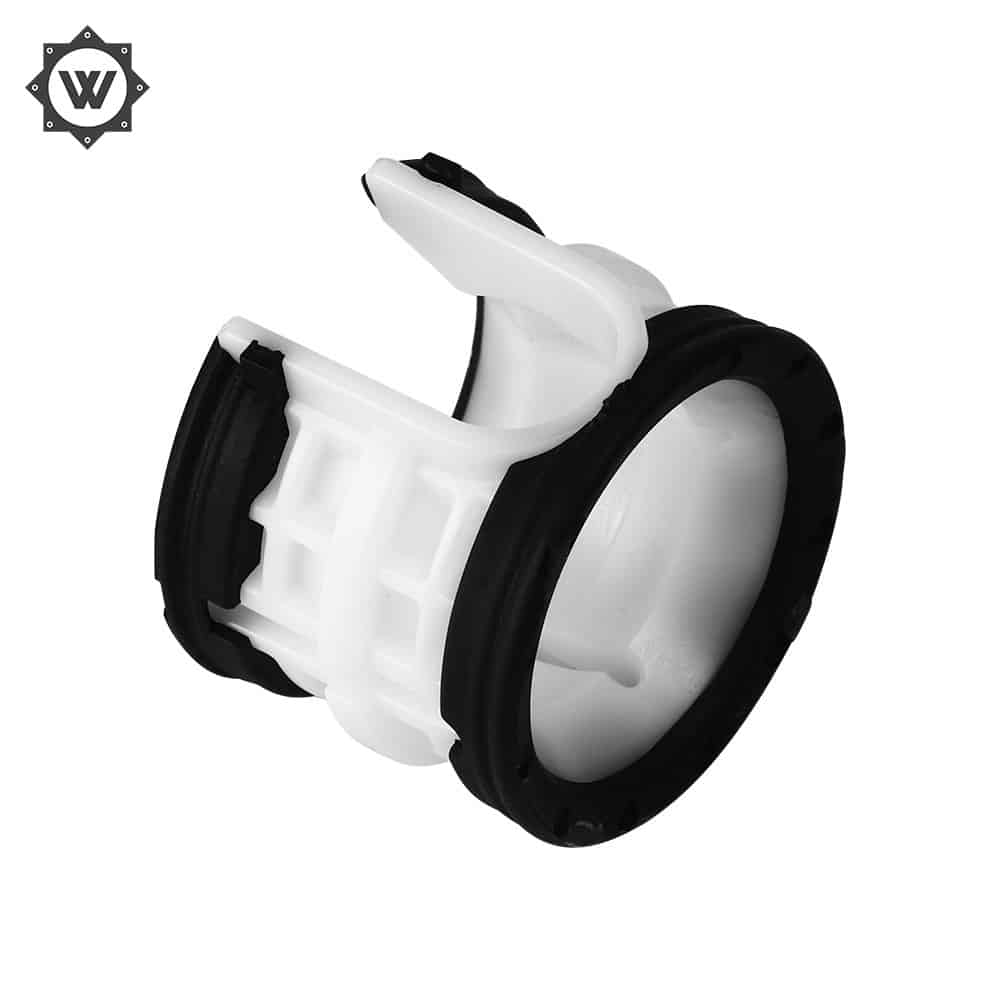
2 shot mold
2. Cladding mold (secondary molding): two kinds of plastic materials may not be injected on the same injection molding machine, and are molded in two times; After the product is removed from one set of molds, it is put into another set of molds for the second injection molding. Therefore, in general, this molding process is usually completed by two sets of molds, without the need for a special two-color injection molding machine. The mold structure is the same as that of the monochrome injection mold, which is mainly controlled by adjusting the flow rate of the injection parameters to control the junction point of the species. The rubber coating mold is mainly soft rubber coated with hard rubber. The soft rubber is commonly used with artificial rubber, TPU, TPR and other rubber materials, while the hard rubber can be ABS, PC, PP and so on.


